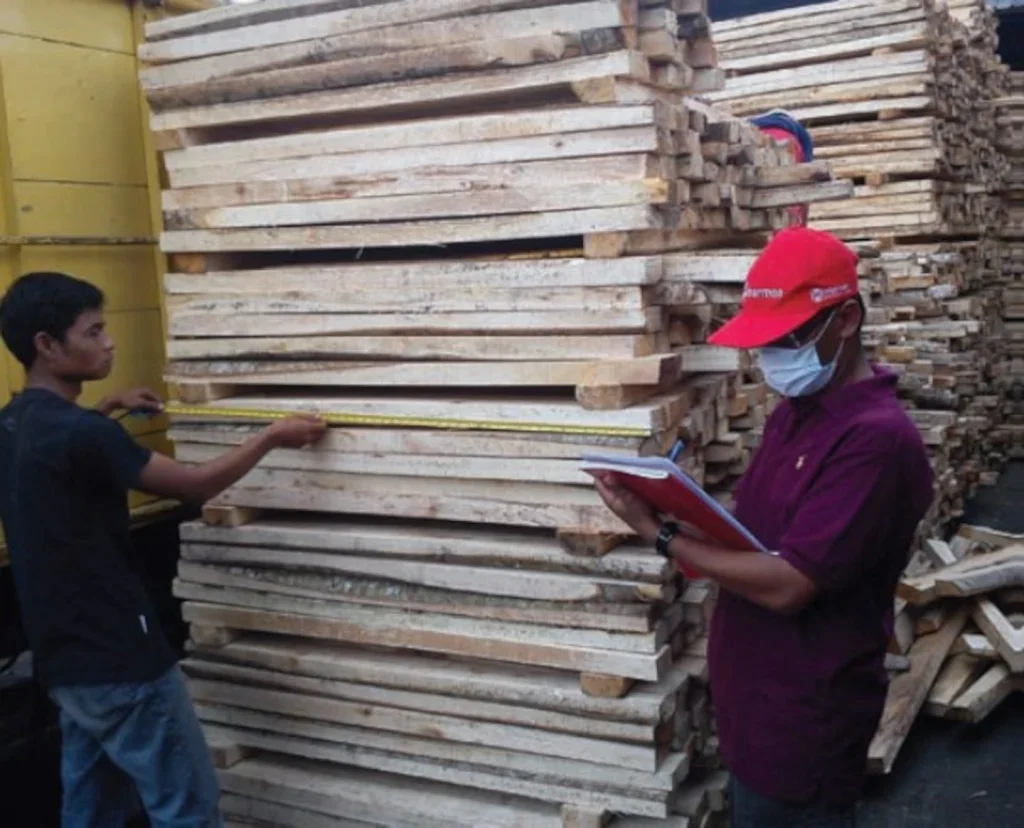
The recent decision from the European Commission (EC) to delay the implementation of the European Deforestation Regulation (EUDR) is, on balance, a sensible one.
The EUDR brings a number of welcome changes to try and tackle deforestation, namely, to clamp down on a wider range of “forest risk commodities”, particularly from agriculture. This has been broadly welcomed: agricultural expansion has long been known to be the major cause of deforestation, particularly in the tropics, but agri-companies were never previously subject to due diligence regulation like the timber industry.
In addition, the regulation assesses an entire country’s risk of deforestation – ie the forest losses and gains across whole nations – rather than just looking at individual concessions or forests from which the product was harvested.
The trouble is, since announcing the broad scope of the EUDR and its implementation date, the Commission has done precious little to ensure companies and countries were putting measures in place to ensure compliance.
Nor, for its own part, did it publish in good time the detailed guidance needed for companies to invest in the compliance systems needed, nor to ensure the IT system at the heart of the process was working, nor to cover off all details with businesses involved. Nor indeed did they conduct the relevant risk assessment for each country that would enable them to differentiate the risks each nation holds!
As such, it is hardly a surprise that neither the private sector nor the European Commission seemed ready in time to implement the regulation. A delay was therefore inevitable.

As the leading trade body representing timber importers and global supply chains in the UK, Timber Development UK (TDUK) has run regular workshops to bring members up to speed. Many of these have run in conjunction with importers and processors of other commodities which will be affected by the EUDR – supermarkets and other retail firms.
It was surprising to our members to see how little preparation many of the other sectors had done. The timber industry has been conducting due diligence for many years, so most of the EUDR compliance will not require a huge sea change in business compliance. But, for much of the agricultural sector there is a steep learning curve to climb.
Having said that, there are still complications for our sector. Stipulating that all timber firms must obtain verified geo-location data showing that each plot of land is within “a single real-estate property” is nigh on impossible for many smaller, nonindustrial forest businesses across the world, giving an even greater market advantage to the bigger players.
It is this point that has caused such headaches for American hardwoods, for example, which have an exemplary record on sustainable management and harvesting with negligible risks and demonstrable proof of forest growth, but which are owned by a network of very small landowners and growers. They are now working on their own system to be compliant with the EUDR, but this will take time and would not have been ready for the initial implementation date.
The real question that has to be asked, however, is whether the EUDR will really have the impact that the European Commission and the NGOs claim for it, particularly in tropical regions.
The new regulation doesn’t contain a credible mechanism for improving or investing in the governance systems of producer countries in order to regulate the vast majority of forest-risk commodities which are not destined for the European markets.
It is these areas, outside of the larger certified corporate concessions, which really need help to improve their operations and meet the standards required for international exports and lower the risk rating of the entire country.
Previously, under the FLEGT Action plan, of which EUTR was a part, the Voluntary Partnership Agreements (VPAs) formed a legally binding commitment between the EU and producer country to create a credible timber legality assurance system, underpinned by forest management verification and monitoring for all timber production within the country, regardless of where that timber was being sold.
The VPAs have been heavily criticised, but they achieved good results in improving traceability, transparency and governance in a lot of timber producing countries regardless of whether they achieved FLEGT licensing.
The EUDR originally contained a similar mechanism for partnership under EUDR Article 30. This was meant to develop a comprehensive framework for all EU countries and involve the full participation of stakeholders including civil society, indigenous peoples, local communities, women and small holders.
On publication of the delay though, this whole section was watered down so it now only focuses on technical and development co-operation.
It contained no detail of how any bilateral partnerships between producer countries and the EU could take place. There is no onus on the EU to do anything, and no reciprocal responsibility mentioned.

Yet, it is this investment in national governance systems, along with long-term responsibility towards trading partners, that would make all the difference to forest landscapes, aligning legal compliance in-country with the needs of the EUDR in Europe.
That’s why initiatives such as the Broader Market Recognition Coalition (BMRC) – are so important. They realise that if we want to tackle national level deforestation, we need robust national governance systems in place and ways to recognise them in the marketplace.
It’s in all our interests to maintain the forest, tropical and temperate, as a key climate change mitigator and reserve of biodiversity, as well as an invaluable timber resource. To achieve that, it’s not enough that consumer countries just shut the door on forest products they decide don’t come up to their standards. All, consumer and producer countries alike, must play their part in establishment of effective, workable forest governance frameworks that assure legality and sustainability internationally.
Until that happens, for all the lofty rhetoric, I fear the EUDR will create a lot of sound and fury while signifying very little.





